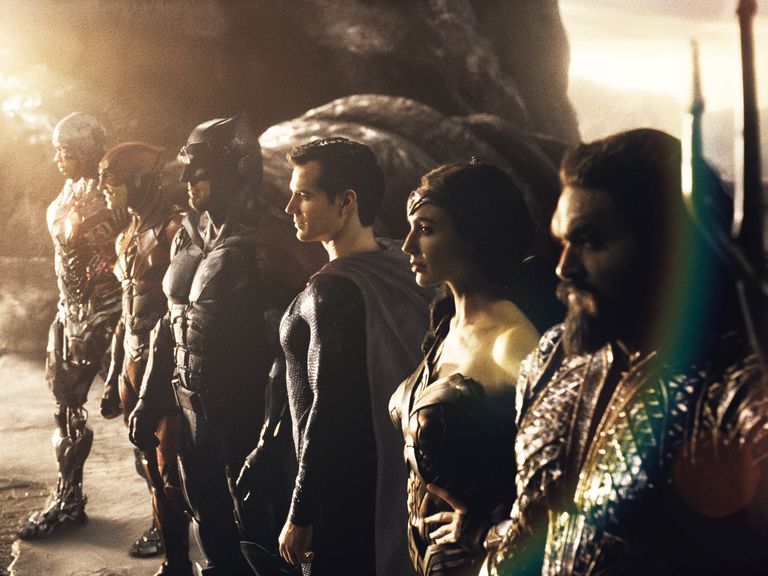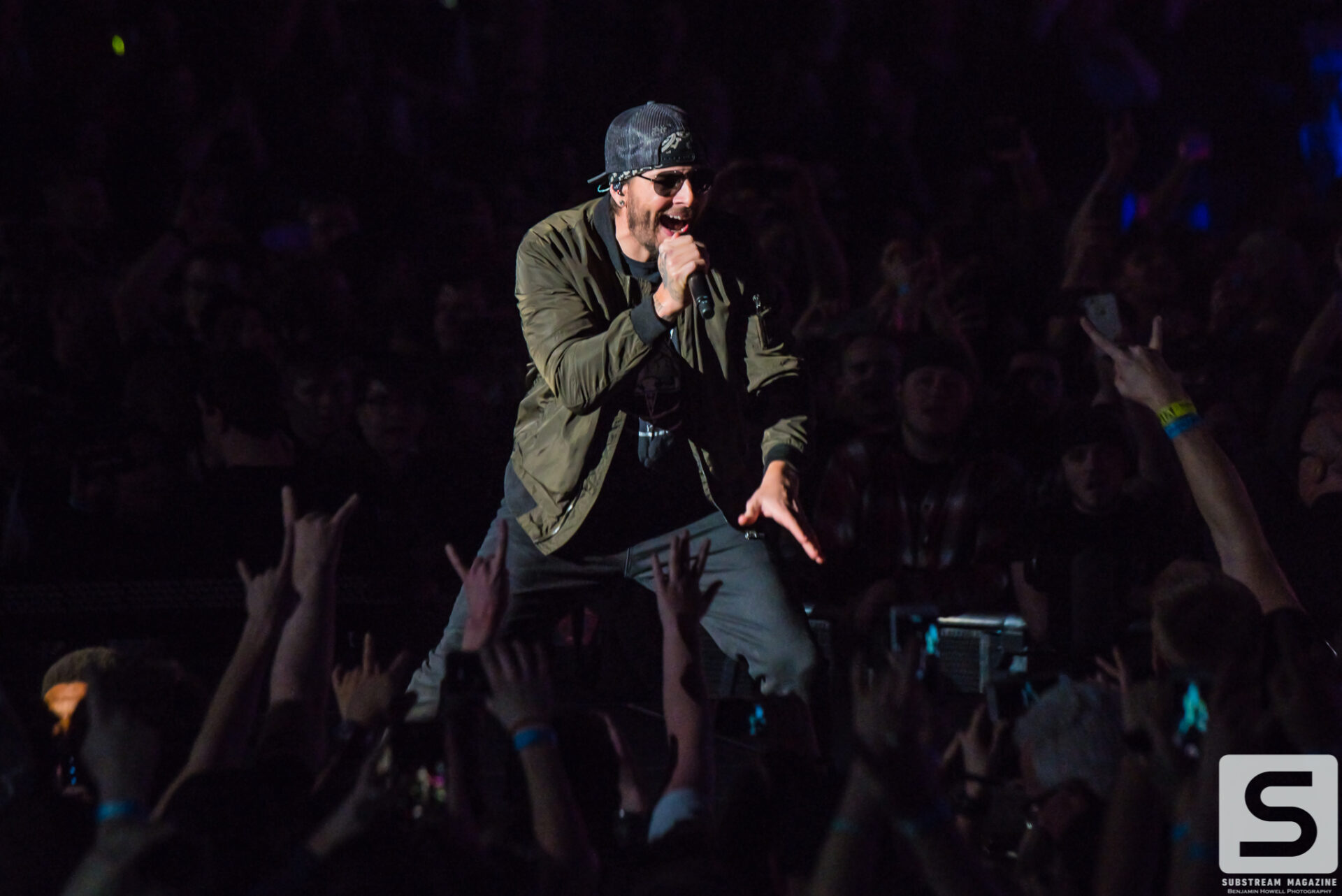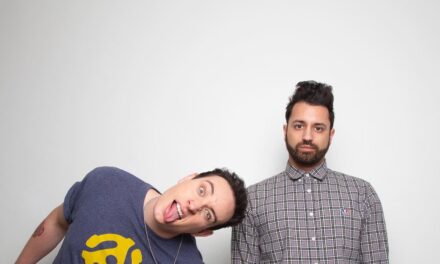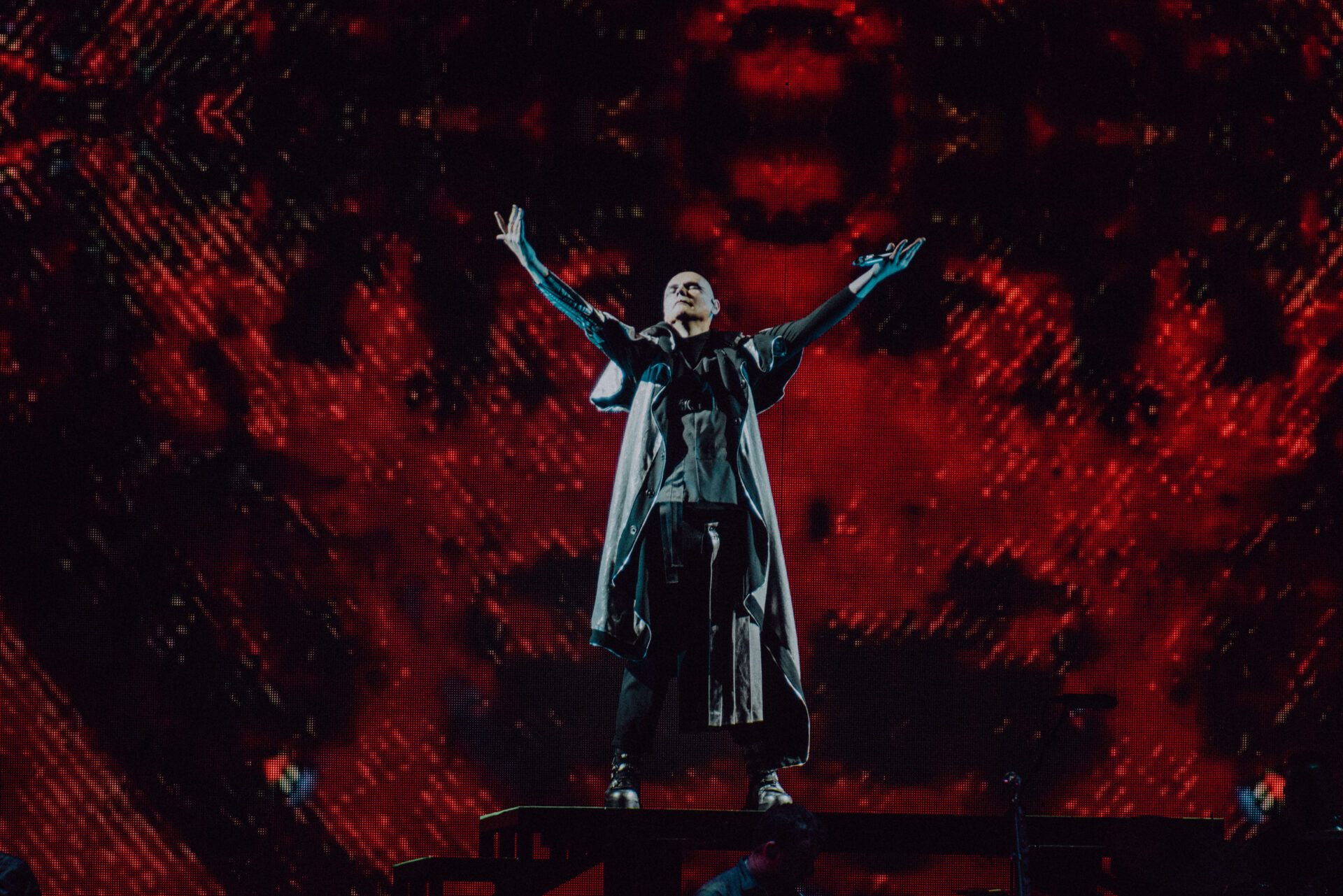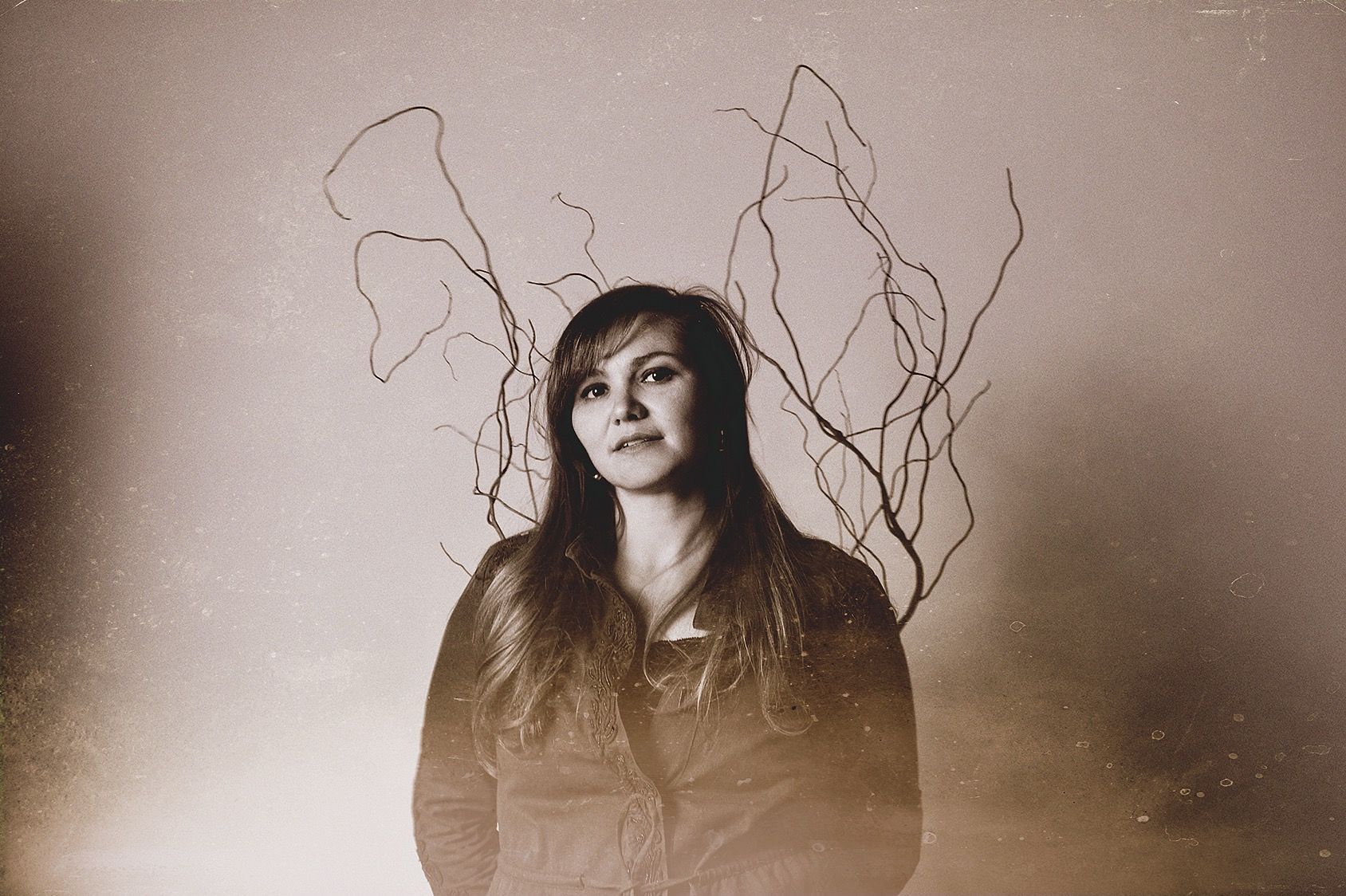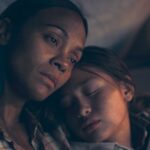In 1977, director Richard Donner set out to shoot Superman I and II back to back. However, when the first movie was released in December 1978 and the second movie being 75% complete, Donner was fired. Then replaced by Richard Lester, 1981’s Superman II was a hodgepodge of Lester’s reshoots and Donner’s initial footage. It wasn’t until 2006 where audiences could see ‘The Donner Cut’ of Superman II. A movie with recovered footage and completely re-edited into the director’s initial vision, resulting in a superior film. It’s been a long and winding road to get to the release of Zack Snyder’s Justice League. Ranging from the studio interceding, the unfortunate passing of his adopted daughter, Autumn, his departure, another version of the film, and a massive fan campaign to complete his vision. While this rarely happens with movie studios, here we are in front of Snyder’s vision for DC’s finest.
Within the lengthy, four-hour run time, Snyder emphasizes fully realized character arcs and well as his trademark cinematography style. The movie begins right at the tail end of Batman v. Superman where Superman (Henry Cavill) gave his life to save the world against Doomsday. The world feels heavier and gray under the weight of his loss. While he is gone, his presence is an undercurrent that ties everything together. Earth’s remaining heroes have little time to grieve, as there is an oncoming threat on the way to attack their world.
One of the major drawbacks of the 2017 iteration is the lack of time that’s spent jumping into the psyche of each character. When the Justice League ultimately comes together, it should feel epic and earned. Snyder’s cut of the film understands this and is one highlight of why it works better. The story from Snyder, Chris Terrio, Will Beall wants to show why the Justice League getting together is important.
Batman (Ben Affleck) is still dealing with the guilt of his conflict with Superman and ultimately blames himself for his passing. Thus, makes it his mission to assemble these heroes. However, being the only human in the group against monsters brings another set of issues while Snyder emphasizes. Alfred (Jeremy Irons) is used cleverly to be his inner voice of reason. Wonder Woman/Diana Prince (Gal Gadot) is set up as powerfully as her arrival in Batman v. Superman almost assuming a stance of leadership with the group.
Aquaman/Arthur Curry (Jason Momoa) is the wild card, but also has his own struggle with assuming the throne in Atlantis. Not only is he the guy that says the cool one-liners, but his character also develops a sort of empathy towards everyone else. The Flash/Barry Allen (Ezra Miller) serves as the view of the audience. As if we were where surrounded by all these great heroes. What’s different in Snyder’s film is that he’s not portrayed as aloof and clumsily in totality. He gets to show his abilities to delight the fans of the character.
Cyborg/Victor Stone’s (Ray Fisher) character arc is the best the film offers. It makes a total difference to see his human form and the promise it brought to bridge how conflicted he is in being half-man, half-machine. Fisher’s performance is given space to allow the audience to feel hurt for him. Much of his rise into his power mirrors Clark’s from Man of Steel. While having a contentious relationship with his scientist father, Silas (Joe Morton), what he did is born from tragedy and regret.
Not only do the heroes feel fuller, but the villains benefit from this. Steppenwolf (Ciarán Hinds) and his army of para demons feel like an actual threat. The battles that they have are violet and sometimes, gory. Steppenwolf’s redesign intensifies his menacing nature greatly. He gains a backstory in this new film in his quest to get three mother boxes that give him clear motivation. Including Darkseid (Ray Porter) and how he’s used in spots makes the audience aware of how deadly he could be.
Then there’s Superman and Lois (Amy Adams). What was missing in the 2017 version was not only an epic return for the man of tomorrow that the world needs, but also the dangers of bringing him back. His Justice League cohorts really wrestle with that, and Lois and Martha Kent (Diane Lane) feel the brunt of the grief. After all, they really knew the man behind the red cape. Snyder is able to make Superman’s return count and feel important tying in the themes of Man of Steel.
If you’ve seen the previous version of the film, there are going to be scenes you recognize. Especially within the middle chapters. However, the substantial things that are added make so much more sense. They don’t feel pieced together or out of sorts. Tom Holkenborg‘s score takes cues from previous DCEU movies and what he’s worked out with Hans Zimmer. The film has an overall theme that presents itself at certain points and becomes fully rounded once the team realizes its potential. Snyder’s cut restores the color tones, slow-motion shots, and framing that’s synonymous with his films.
With 2021’s Justice League being four hours, some slow points occur. A lot of exposition occurs to explain things from the past and present. While they are informative, they could have been cut a bit to streamline. The action sequences are constructed in a way to show off the heroes’ abilities, but not to the extent where they overpower the villains. There’s an actual sense that the Justice League could lose, but there’s a snowball effect in how they become the group that we know and love. While the first two major parts of Justice League paces itself methodically, the third act happens quickly to propel the heroes to the ultimate battle. The added epilogue may feel great to see for comic book fans, but might fit a bit tacked on for others.
To say that Zack Snyder’s Justice League is a superior film to 2017’s iteration may be a low bar to cross. That film was a knee-jerk Frankenstein to make the DCEU’s tone more accessible to a wider range of fans. It may not have been possible if it wasn’t for the invention of HBO Max. While movies have gotten longer in a theatrical setting, would they push for a four-hour release? Looking at Zack Snyder’s DCEU trilogy, it was only possible for it to end in this fashion. This film doesn’t feel like a middle finger to studio interference of the past, but the last call from a director who cares about the characters on the screen. In all its lengthy glory, it’s Zack Snyder to the absolute fullest, but perhaps a hint at what we could have had if the vision been stuck to.
Photo Credit: Warner Brothers

